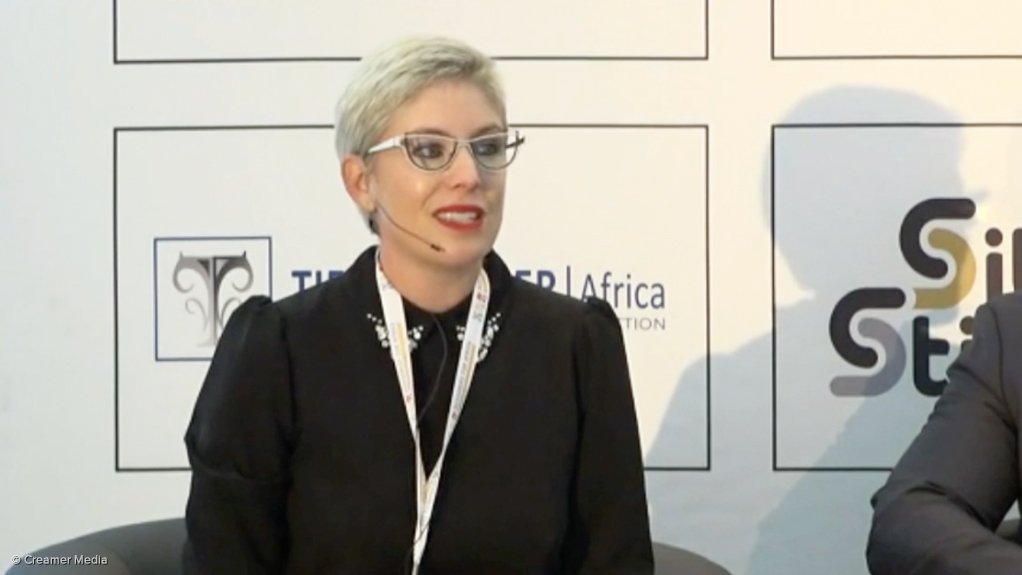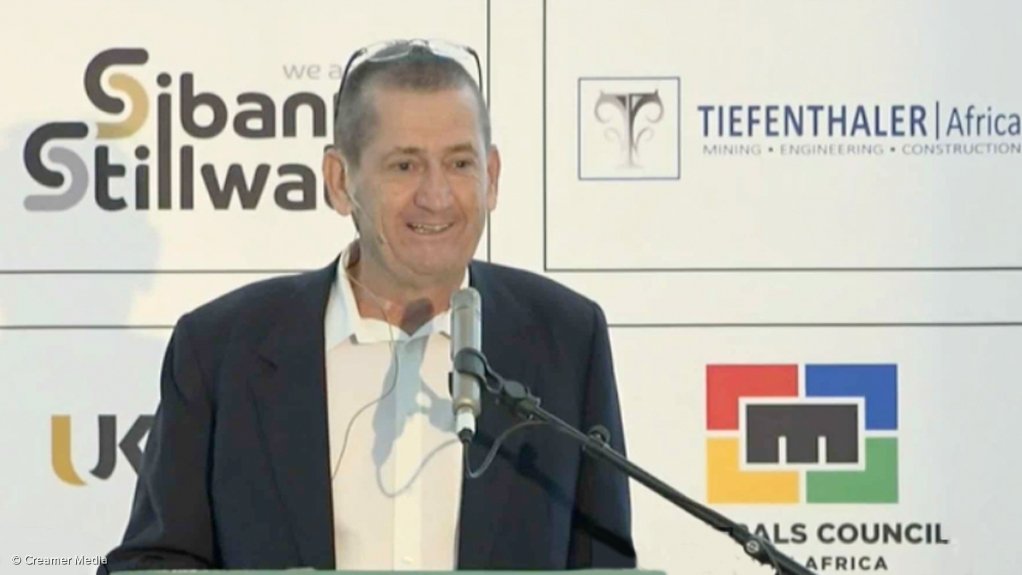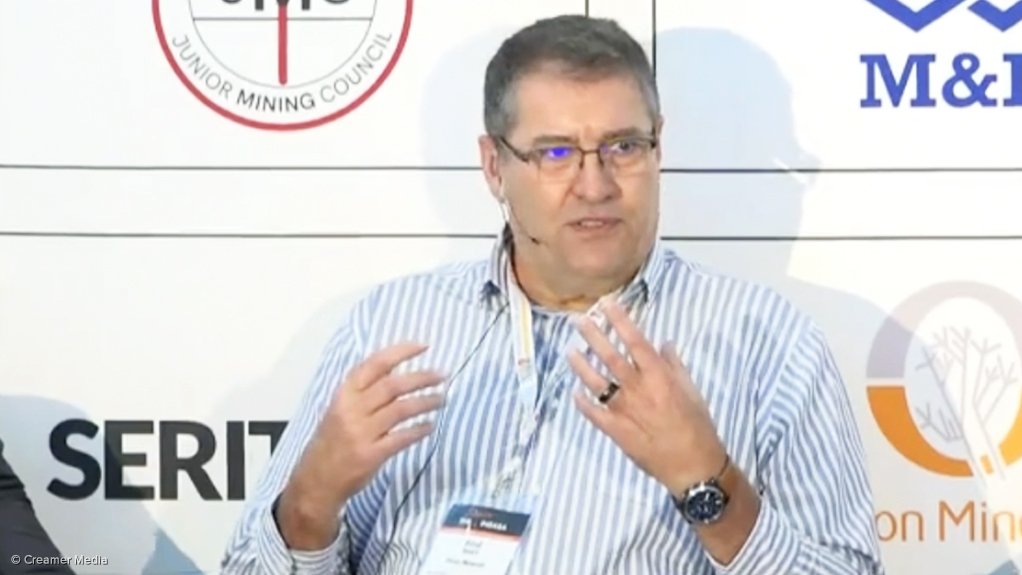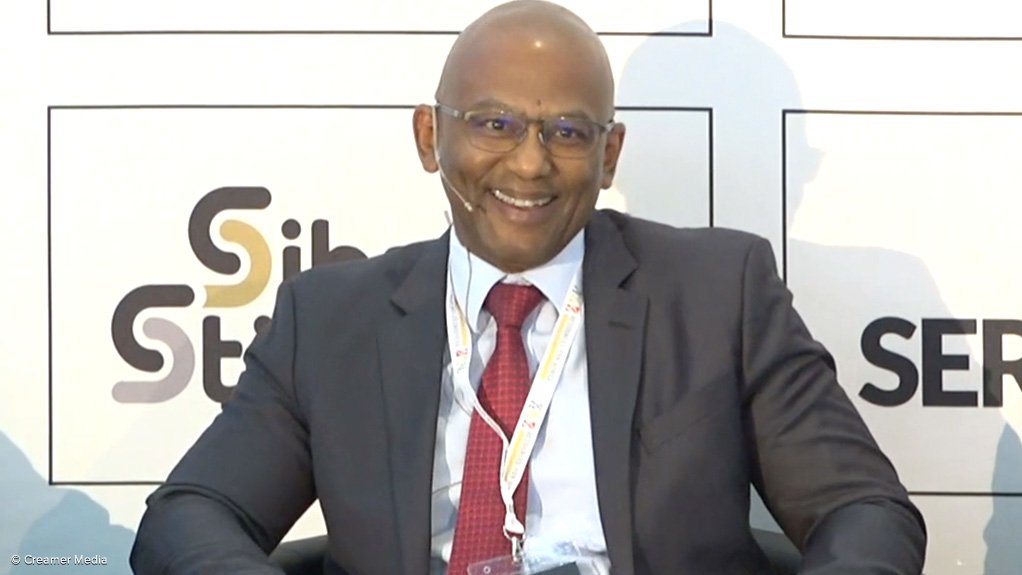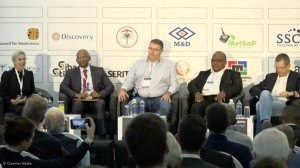JOHANNESBURG (miningweekly) – There were expressions of excitement at the South Africa’s Junior Indaba on Tuesday when attendees at the important mining event learnt of the signing of the service-level agreement (SLA) for South Africa's long-awaited mining cadastral system, a key tool for orderly mineral exploration regulation.
“Pen was put to paper yesterday,” opening discussion chairperson and NSDV director Lili Nupen highlighted following the revelation of the SLA by Department of Mineral Resources and Energy minerals and petroleum deputy director-general and panelist Tseliso Maqubela.
“The news that we are moving forward is just the most incredible news junior mining can have because it can springboard us into an exciting new era of mining development,” an elated Orion Minerals CEO and fellow panelist Errol Smart commented in the presence of key contributors, which included the Council for Geoscience CEO Mosa Mabuza. (Also watch attached Creamer Media video.)
“I’m so excited about the opportunity that we can now get action happening,” added Smart during the panel discussion covered by Mining Weekly.
Much attention was given to the brownfield exploration that South Africa has, which can quickly put the country ahead of many of the other countries of Africa.
African countries other than South Africa tend to secure most of the exploration investment even though they do not have the same scale of mining history.
Much emphasis was placed on the reality of investors preferring brownfield exploration risk, which South Africa is able to offer in abundance, to greenfield exploration risk, which is by-and-large what other African countries offer.
The low-hanging fruits are the brownfield exploration opportunities around South Africa’s many old mines, where mining often ceased during mineral price downturns and failed to return during upcycles.
“The orebodies are still there and that’s where our opportunity in South Africa lies,” said Smart, who is reviving valuable disbanded copper and zinc mines in the Northern Cape as well as using this base for additional exploration using modern exploration technology.
“We have what can become big mines again quite quickly. I’m no geological genius. I just went to where I knew the minerals were and that’s where we started and that’s the big opportunity that we’ve got in South Africa,” Smart enthused.
For the second time in less than a week there was again overwhelming concurrence that South Africa currently attracting below 1% of global exploration investment must end with the help of working systems that return growth in a sector that has much economic and employment spinoff potential.
The same sentiment was expressed on Friday when Minerals Council South Africa, the Council for Geoscience and the Industrial Development Corporation (IDC) emphasised that more global exploration investment must be attracted.
This is especially so in view of South Africa being well-positioned to help the world with key minerals and metals in order to transition to a low carbon future.
Major emphasis is being placed on the cadastral system enabling very efficient processing of exploration applications.
Financing is going to be critical in light of exploration being largely an entrepreneurial pursuit.
Junior Indaba attendees were urged to keep a close watch on how the IDC spends the R400-million it has for exploration, who the recipients are of the non-repayable grants and how well the money is spent.
Full transparency and continuous reporting will clearly be demanded of the State-owned IDC.
EMAIL THIS ARTICLE SAVE THIS ARTICLE ARTICLE ENQUIRY
To subscribe email subscriptions@creamermedia.co.za or click here
To advertise email advertising@creamermedia.co.za or click here








